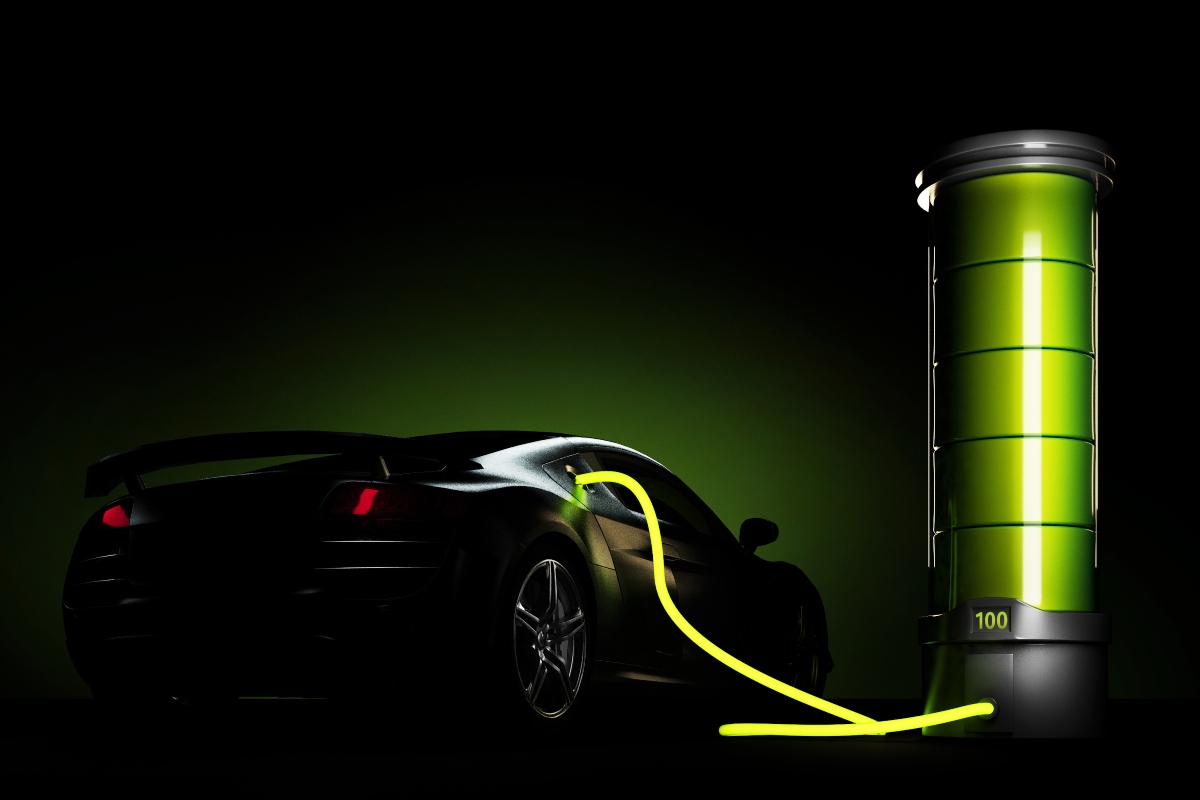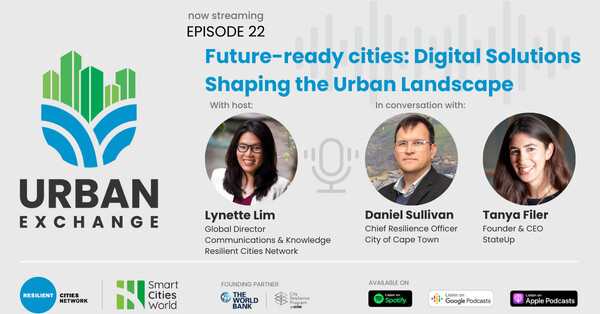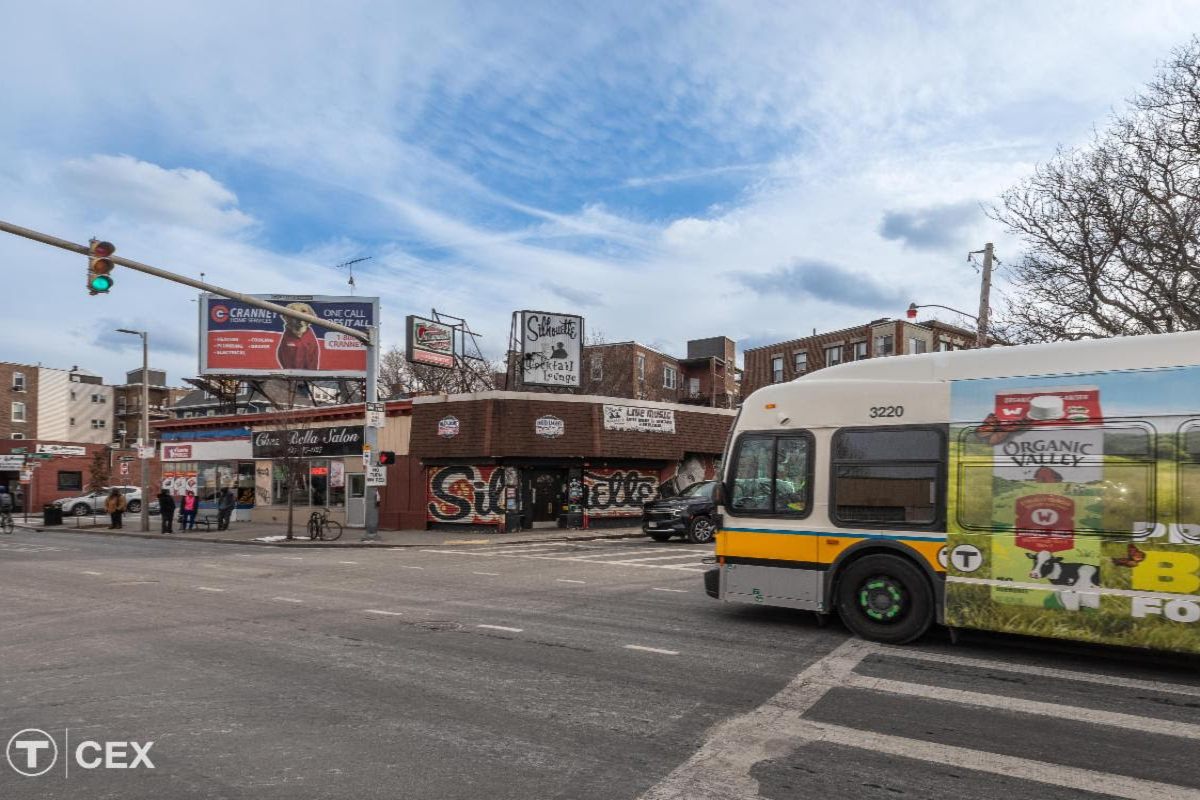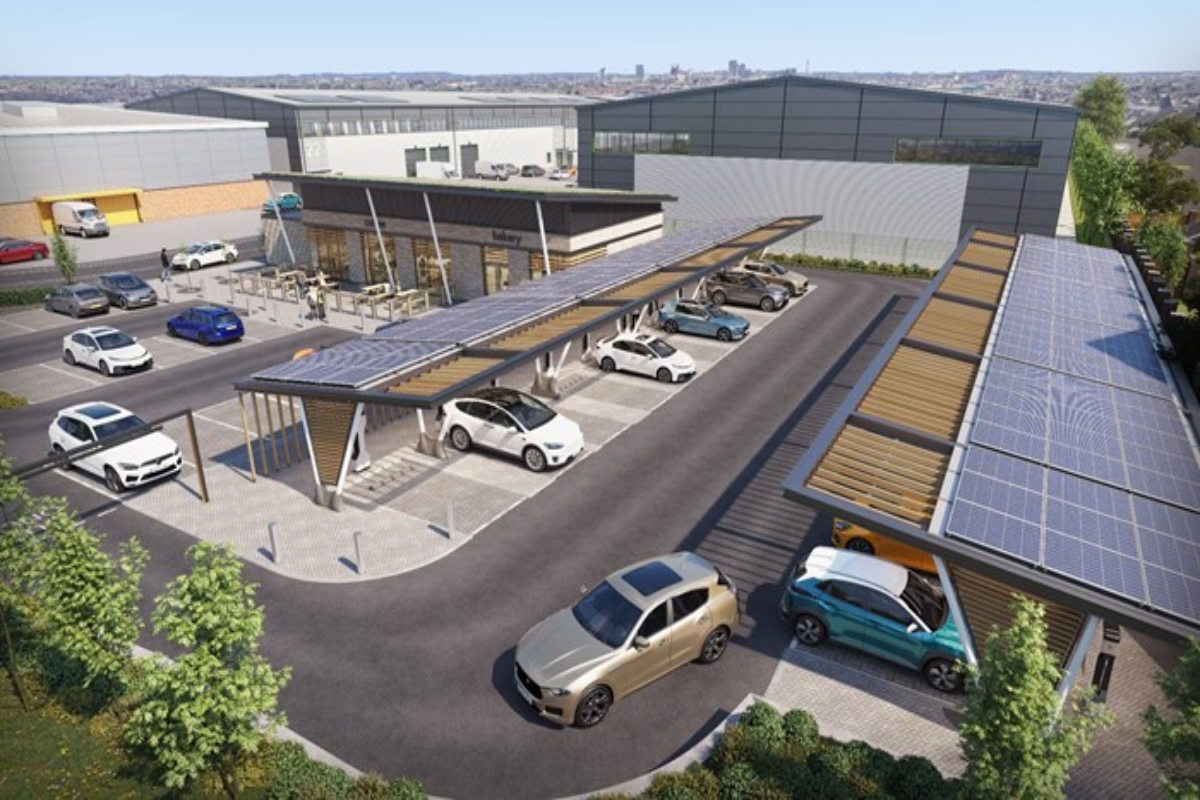Special Reports
SusHi Tech Tokyo 2024: experience ‘Tokyo 2050’ todaySponsored by The SusHi Tech Tokyo 2024 Showcase Program Executive Committee
The role of smart energy in the UK’s green transport system
Charging infrastructure development must catch up if the UK’s smart transport system and carbon reduction ambitions are to be realised, says Thomas Newby, chief operating officer of Tonik Energy.

Along with other progressive innovations within the smart city domain, the uptake of electric vehicles (EVs) has a key role to play in improving air quality and driving down emissions.
The UK is working at pace to deliver on its commitment to a cleaner future and the UK government’s agenda is undoubtedly bearing fruit. A major milestone was reached in October, with one in 10 new cars sold in Britain either being battery or hybrid electric, which represents a jump from 6.9 per cent a year ago.
Achilles heel
Charging and energy infrastructure development, however, may be the Achilles heel of this emerging success story and it is unclear whether Britain’s cities are ready to meet the charging demand. It should not be assumed that existing electric connections are adequate to deal with a significant increase in power demand from EVs.
In addition, with the majority of EV charging currently taking place at home (80 per cent), residential smart technology must be optimised if the UK is to meet the charging demand of the growing use of EVs.
Increasing the intelligence of energy is critical to the success of a number of sectors – and it is being pushed by both Government policy and pulled by customer demand.
There’s no doubt charging infrastructure is playing catch-up. However, public and private sector organisations working collaboratively over the next decade will ensure the UK’s smart transport system and carbon reduction ambitions are realised and sustainable for the future.
Increasing the intelligence of energy is critical to the success of a number of sectors – and it is being pushed by both government policy and pulled by customer demand.
Sustainable solutions for cities
In November, Bristol set a nationwide standard of change by announcing that it will become the UK’s first city to ban diesel cars, and it’s a change that cannot come soon enough for its most at-risk residents.
The city is a pioneer in the UK’s mission to bring air pollution levels down, going one step further than London’s clean air zone policy. Although the UK’s net-zero emissions target may be sizeable, it is certainly not impossible, and Bristol isn’t the only city in the UK setting a precedent for change.
In Dundee’s drive for 100 per cent e-mobility by 2030, the city has taken an intelligent approach by looking closely at its individual challenges – both social and economic – to build a bespoke strategy. It has installed three standalone charging hubs for electric vehicles. More are in the pipeline, and they will gradually replace the city’s petrol stations. The hubs combine electric vehicle charging capabilities with solar canopies and energy storage and were created to support EV taxis (as one of the main polluters in the city) and to address the needs of its residents as half the population in Dundee do not have driveways.
Any pledge to reduce greenhouse gas emissions is a step in the right direction but true change – particularly one that is set out to tackle toxic transport systems like the examples in Bristol and Dundee – requires imagination and action beyond what we have already seen.
Bristol set a nationwide standard of change by announcing that it will become the UK’s first city to ban diesel cars.
Smart distributed energy generation and storage solutions are key to making electric vehicle charging in cities accessible and affordable for all. This is also where alternative methods of power generation – notably solar – become essential.
Generating and storing energy on-site through solar and battery storage is an effective way to minimise expensive grid connection upgrades and provide the additional power on-demand. This is especially relevant to businesses – having to meet demand from tens or hundreds of EV chargers on a single site, such as fleets or large car parks.
As the network-wide deployment of cost-effective renewable generation increases, systems with sufficient scale have the potential to generate additional revenue supporting the grid – whether it be through vehicle-to-grid (leveraging the energy storage capacity within a stationary car battery) or simpler demand-side response solutions (turning up or down demand dependent on how the grid is under strain).
These ancillary services, which help balance the network, reduce the threat of brownouts, particularly as clusters of EV uptake have the potential to create significant local distribution network challenges.
The role of the home
When we think ‘smart home’, we normally stop at the front door. With the emergence and exponential growth of EVs, however, we also need to think out onto the driveway. EVs are roaming devices which are, by their nature, intended to be connected – whether to maps, to a charger to fill the battery, or to the internet for diagnostics and operating system updates.
The expanding IoT landscape will have a huge impact on how electric vehicles communicate at home and with the UK’s wider charging infrastructure. They also represent an opportunity for owners to take control of how energy is bought and sold by the home, whilst also helping to decarbonise the local energy system through intelligent energy usage.
Recent EV trials show that most people plug their cars in when they return home at the end of the day but remain connected long after the battery is full. Smart charging enables EVs to defer charging at periods of peak demand, typically between 4pm and 6pm. By avoiding these periods, current grid infrastructure can be maximised, with vehicle charging optimised to smooth the peaks when the grid is under most pressure.
EVs are not conventionally considered a smart home device but they are one of the smartest appliances most of us will have ever seen.
Smart charging technology is thus an essential component of EV deployment. EVs are not conventionally considered a smart home device but they are one of the smartest ‘appliances’ most of us will have ever seen – and very soon, they will no longer be a novelty.
The beating heart of the UK’s green transport system is always going to be energy, and that’s where we’ll see the biggest changes driven by business and in-home generation, storage and EVs. The real intelligence, and huge sector (and customer) impact, will come from different systems working in harmony, and doing it all without needing to configure or tweak.
Working to change individual attitudes and developing the EV industry is only one piece of the puzzle. Charging infrastructure development must catch up if the UK’s smart transport system and carbon reduction ambitions are to be realised.
You might also like:

















